average rent
average occupancy rate
ytd sales volume
YoY rent change
yoy occupancy change
individual transactions
QUARTERLY DEMAND
YTD: 3,486
QUARTERLY COMPLETIONS
YTD: 5,490


In Q3 2023, Jacksonville experienced a year-over-year decline in occupancy rates, dropping 190 basis points to 92.7%. This decrease was largely due to the disparity between new apartment deliveries and demand over the past year. Class A units led in occupancy at 93.3%, closely followed by Class B at 93.2%, and Class C at 91.1%. Notably, Class B properties exhibited the most stable occupancy rates over the last five years. The Central Jacksonville and St. Augustine submarkets recorded the highest occupancy levels, while the Westside and Arlington submarkets exhibited the weakest. Looking forward, average occupancy rates in Jacksonville are expected to rise to around 93.6% over the next year, as demand is anticipated to surpass new supply in the upcoming four quarters.
After a period of substantial rent increases in 2021 and 2022, average rents in the Jacksonville apartment market declined for the second consecutive quarter. Despite a notable 3.6% contraction in average rents across the Jacksonville market, they remain 33% higher than they were three years ago. While further annual reductions are expected in the short term, positive growth is forecasted to resume by the second quarter of 2024, with the anticipated annual rate of rent change reaching 2.5% by Q3 2024.
On an asset class basis, Class A properties experienced a year-over-year rent decline of 1.4%, while Class B and C properties saw more significant decreases of 4.7% and 3.3%, respectively. On a submarket basis, most recoded annual declines in average rents. However, the St. Augustine submarket stood out with an annual rental increase of 2.4%. Looking ahead, Class A properties could face potential headwinds due to an influx of new units, whereas Class B and C properties are expected to better align with overall historical market trends.
| Submarket | Average Occupancy | Annual Occupancy Change | Average Monthly Rent | Annual Rent Change |
|---|---|---|---|---|
| Arlington | 91.7% | -3.1% | $1,381 | 0.0% |
| Baymeadows | 93.0% | -1.8% | $1,543 | -4.9% |
| Central Jacksonville | 95.1% | 0.8% | $1,747 | -0.2% |
| Jacksonville Beaches | 92.2% | -2.3% | $1,723 | -0.5% |
| Mandarin | 93.0% | -2.3% | $1,502 | -9.5% |
| Northside | 92.1% | -1.3% | $1,485 | -2.3% |
| Orange Park/Clay County | 92.8% | -2.7% | $1,469 | -1.2% |
| Southeast Jacksonville | 92.7% | -1.7% | $1,413 | -4.4% |
| St. Augustine | 95.0% | -2.9% | $1,814 | 2.4% |
| Upper Southside | 93.6% | -0.4% | $1,657 | -4.4% |
| Westside | 91.4% | -2.7% | $1,354 | -1.0% |
| Jacksonville, FL | 92.7% | -1.9% | $1,508 | -3.6% |
Units Under Construction
Units UC Delivering In the Next 4 Quarters
The apartment market has seen a significant slowdown due to the impact of rising interest rates in the capital markets. By Q3 of the current year, transactional activity in Jacksonville was subdued compared to 2022. Through September, 13 individual conventional multifamily properties, encompassing 2,610 units, changed hands. According to Real Capital Analytics, these sales amounted to $400.9 million and primarily involved private parties on both the buying and selling ends. While transaction volume saw a year-over-year decline of 54.5%. Despite this, the average price per unit for these transactions increased by 8.5% year-over-year, reaching $207,500.
* Trailing 4Q average PPU
* Preliminary Data from RCA – Individual transaction $2.5M +
As of August 2023, the employment landscape in Jacksonville, FL, has exhibited impressive resilience, solidifying its position as a leading destination for job growth. By the conclusion of the year ending in August 2023, the Jacksonville metro area had experienced a remarkable net increase of 28,300 jobs. Consequently, the unemployment rate edged up by 20 basis points compared to the previous year, reaching 3.2%. It’s worth noting that this rate remains significantly lower than the national average of 3.9%. Particularly noteworthy is the robust performance of the education/health services sector and the professional and business services sector, each independently adding 5,500 positions, resulting in expansions of 4.7% and 4.4%, respectively. This substantial job growth firmly establishes Jacksonville’s economy as one of the nation’s strongest, with a year-ending job growth rate of 3.6% in August 2023, ranking just behind Las Vegas, Dallas/Fort Worth, and Charlotte in terms of employment growth.
August Annual Jobs Created
August 2023 Employment growth
August 2023 Unemployment rate
3.9% us August rate
Change from August 2022 to August 2023:
5,500
Percent Change:
4.7%
Change from August 2022 to August 2023:
5,500
Percent Change:
4.4%
Change from August 2022 to August 2023:
5,200
Percent Change:
3.1%
Change from August 2022 to August 2023:
4,600
Percent Change:
5.2%
Change from August 2022 to August 2023:
2,600
Percent Change:
3.5%
| Sector | Change from Aug 2022 to Aug 2023 | Percent Change |
|---|---|---|
| Education and health services | 5,500 | 4.7% |
| Professional and business services | 5,500 | 4.4% |
| Trade, transportation, and utilities | 5,200 | 3.1% |
| Leisure and hospitality | 4,600 | 5.2% |
| Financial activities | 2,600 | 3.5% |
| Manufacturing | 2,500 | 7.3% |
| Government | 1,800 | 2.3% |
| Construction | 800 | 1.6% |
| Mining and logging | 0 | 0.0% |
| Other services | (100) | -0.4% |
| Information | (100) | -0.7% |
Jacksonville, FL distinguishes itself as an affordable choice in comparison to South Florida, rendering it an enticing choice for individuals relocating to the state. When contrasted with Tampa, FL, Jacksonville presents cost savings across multiple expenditure categories, encompassing groceries (9.9%), utilities (12.8%), transportation (7.8%), and healthcare (3.0%). Furthermore, housing expenses in Jacksonville significantly undercut those in Tampa, with a substantial 27.6% difference. Currently, the median home price in Jacksonville stands at $390,900, showing a modest 1.3% decrease year-over-year. Additionally, the average monthly mortgage payment of $2,996 is twice as high as the average rent of $1,802, rendering Jacksonville an appealing destination for renters as well.
94.1
$2,996
94.2
104.0
84.0
$390,900
The “Cost of Living” index score provides a comparative assessment of the relative expense involved in maintaining a standard of living in a specific area, benchmarked against a national index score of 100.
In the near term, Jacksonville’s market outlook raises concerns due to its historical vulnerability to supply expansions. The presence of over 13,200 units currently under construction, along with an anticipated inventory increase of more than 9,400 units within the next four quarters, poses challenges for maintaining pricing power, especially in the subregion experiencing the highest supply influx. Additionally, uncertainties surround the demand for Class A properties, particularly in an economy heavily reliant on service sector employment. The market’s sensitivity to new construction presents a potential threat to the fundamentals of Class A properties over the next one to two years. Although rent growth for existing properties is expected to accelerate by 2.5% in the upcoming year, with projected net absorption surpassing expected completions, there remains an elevated risk for near-term Class A rent growth due to the substantial influx of new units. The majority of scheduled deliveries in the coming year are concentrated in St. Augustine, Northside, and Baymeadows.








